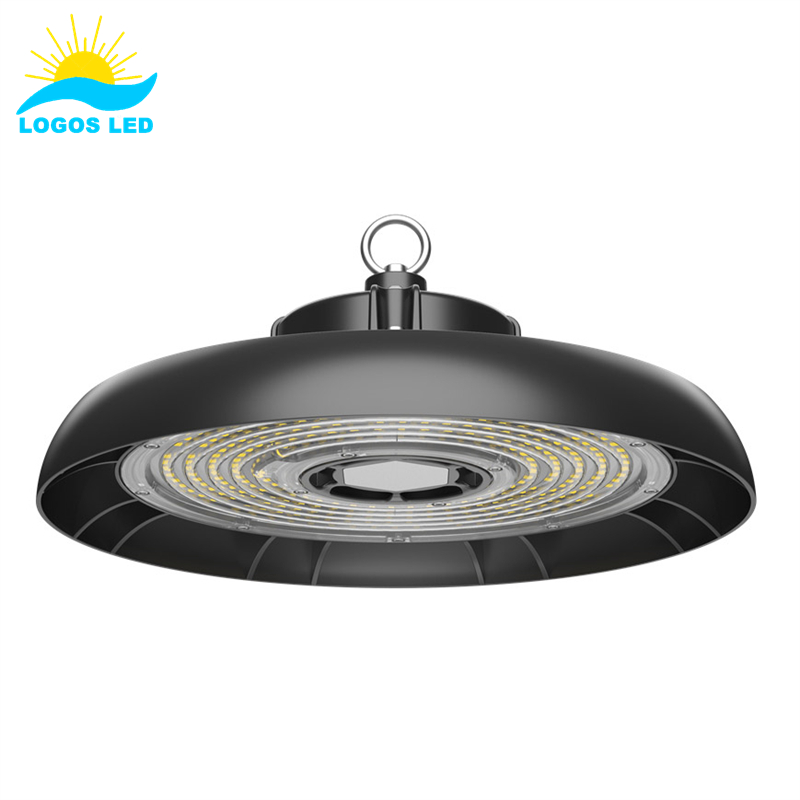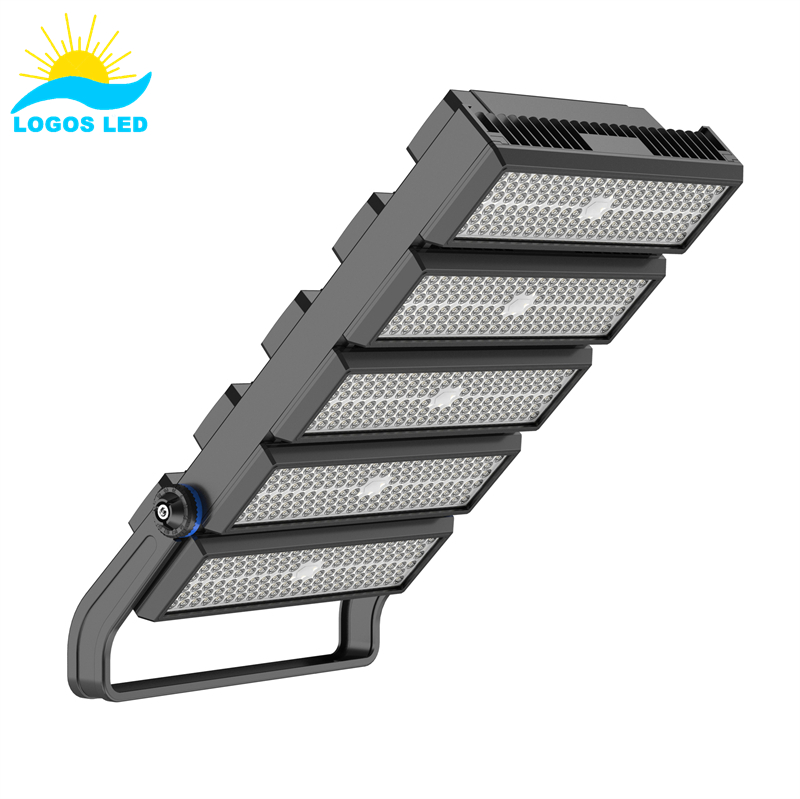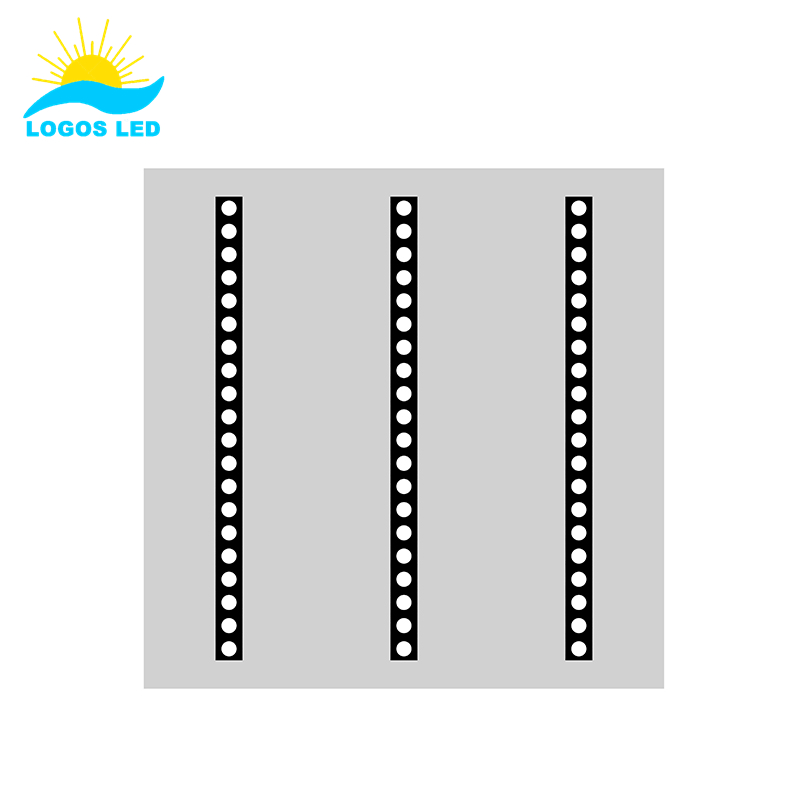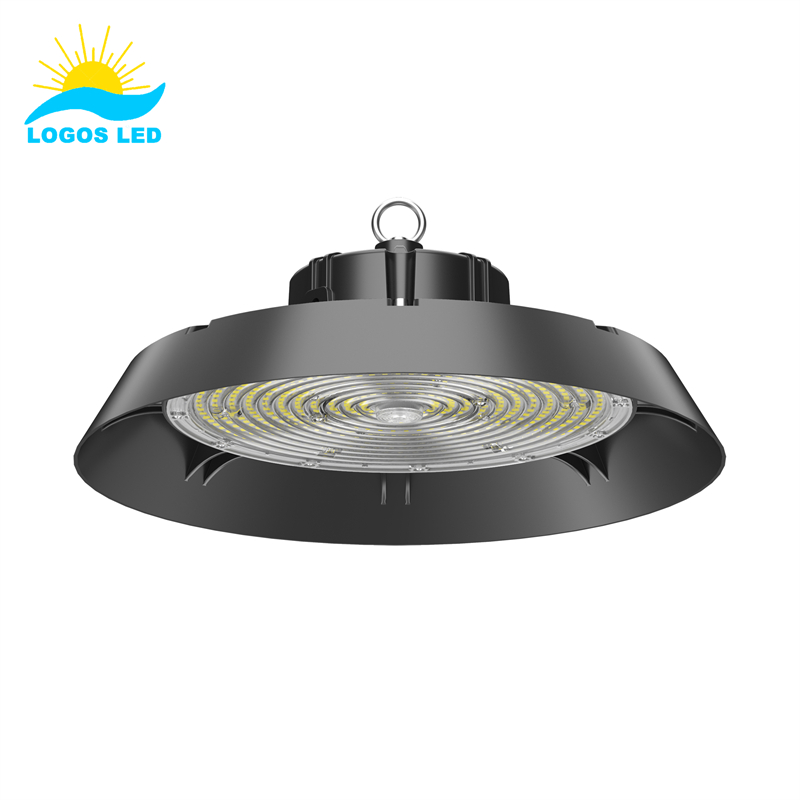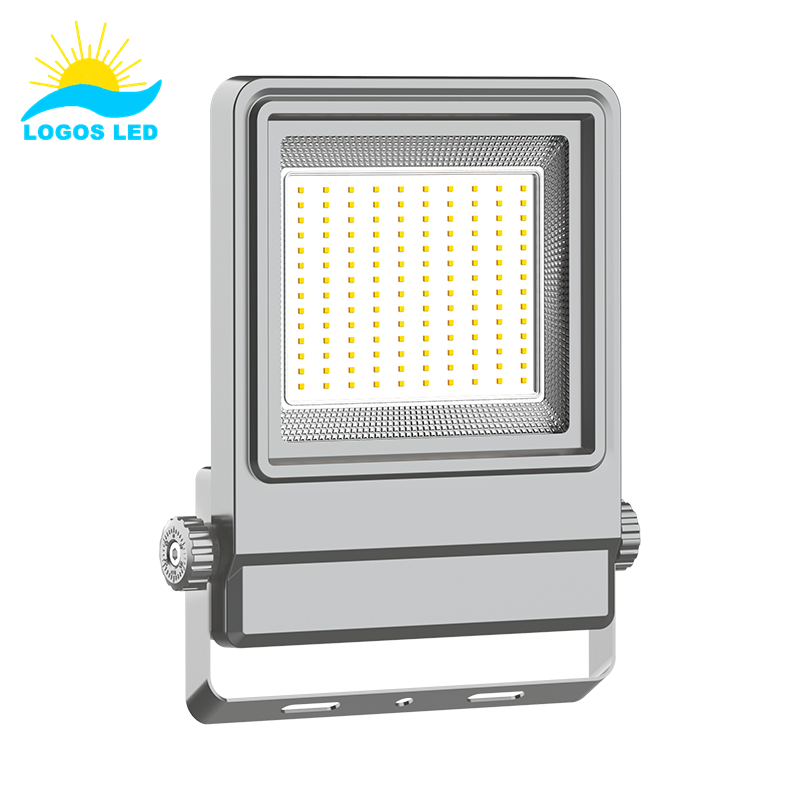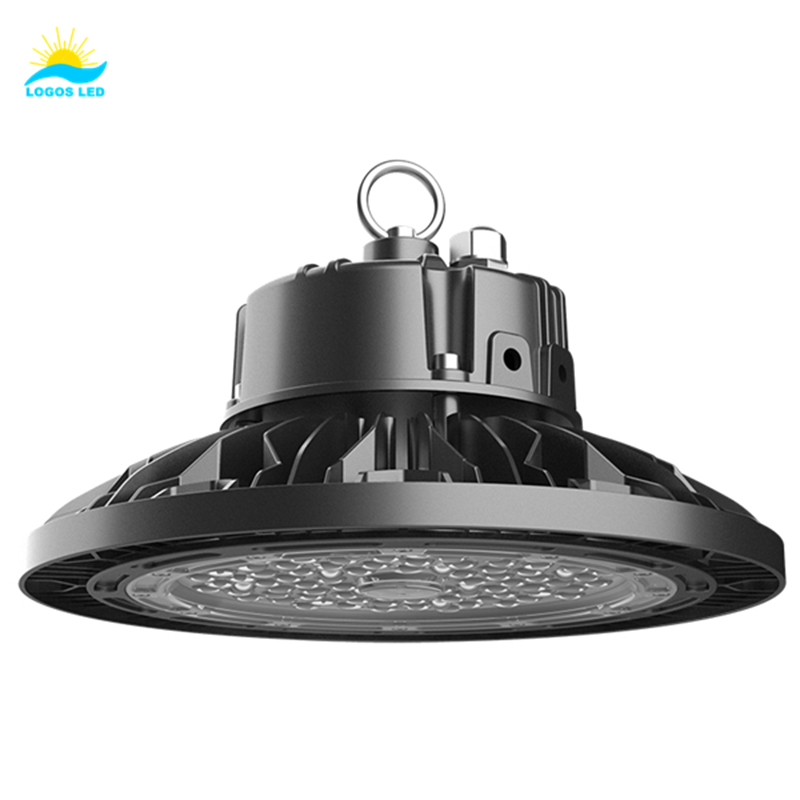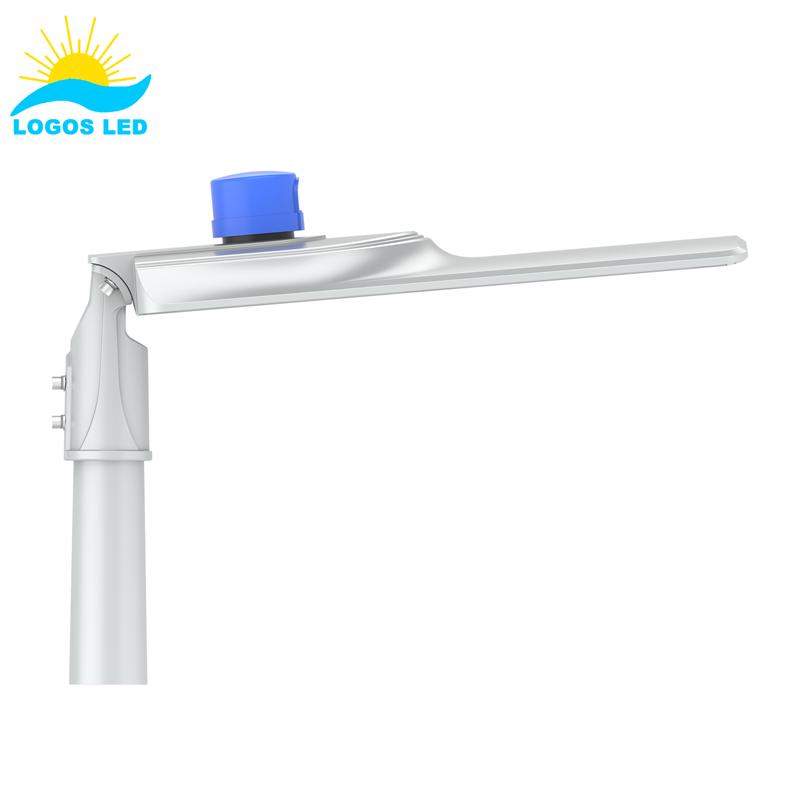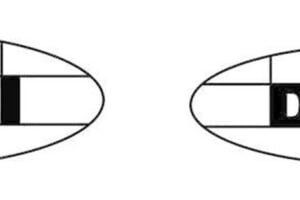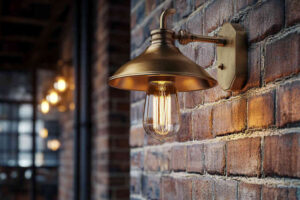In view of the increasing demand for lighting, the requirements for the light color quality of LED lamps in the application market are becoming more and more stringent, and the requirements for the color tolerance of LED lamps are also higher. Because it is difficult for people to intuitively understand color coordinates and DUV indicators, they are more accustomed to using human eyes to evaluate the difference in light color between LED lamps. The human eye evaluates the color difference is very subjective, and it also considers that the control of the color difference of the lamps will increase the manufacturing cost and other factors, so there is a very loose situation when evaluating and controlling the difference in the light color of the LED lamps, which leads to the difference in the light color between the finished lamps excessive problem. This difference in light color appears not only between lamps of the same color temperature from different manufacturers, but also between lamps of different batches of the same manufacturer, and even between lamps of the same batch of the same manufacturer.
Since the lamp is composed of various optical structural parts, the physical characteristics of each optical part will have different effects on the light. Therefore, we have to analyze the entire optical system to improve the optical quality of the entire optical system, and at the same time, it is also used as the basis for the production management and control of optical parts to reduce its defect rate. In the past ten years, people have been working hard in the lighting field to improve their chromatic performance. Color consistency is an indicator of the quality of colored and white LEDs. The International Commission on Illumination (CIE) developed a color space map in 1931. The standard definition of relative color temperature (CCT) allows the chromaticity to change easily within a range that can be distinguished by the observer under the same CCT value. The threshold at which the color difference becomes visible is defined by the MacAdam ellipse. There is a certain deviation between the color at the center of the MacAdam ellipse drawn on the color space and the color at any point on the edge. At present, the main color tolerance standards are mainly IEC 60081, ANSI C78.377.
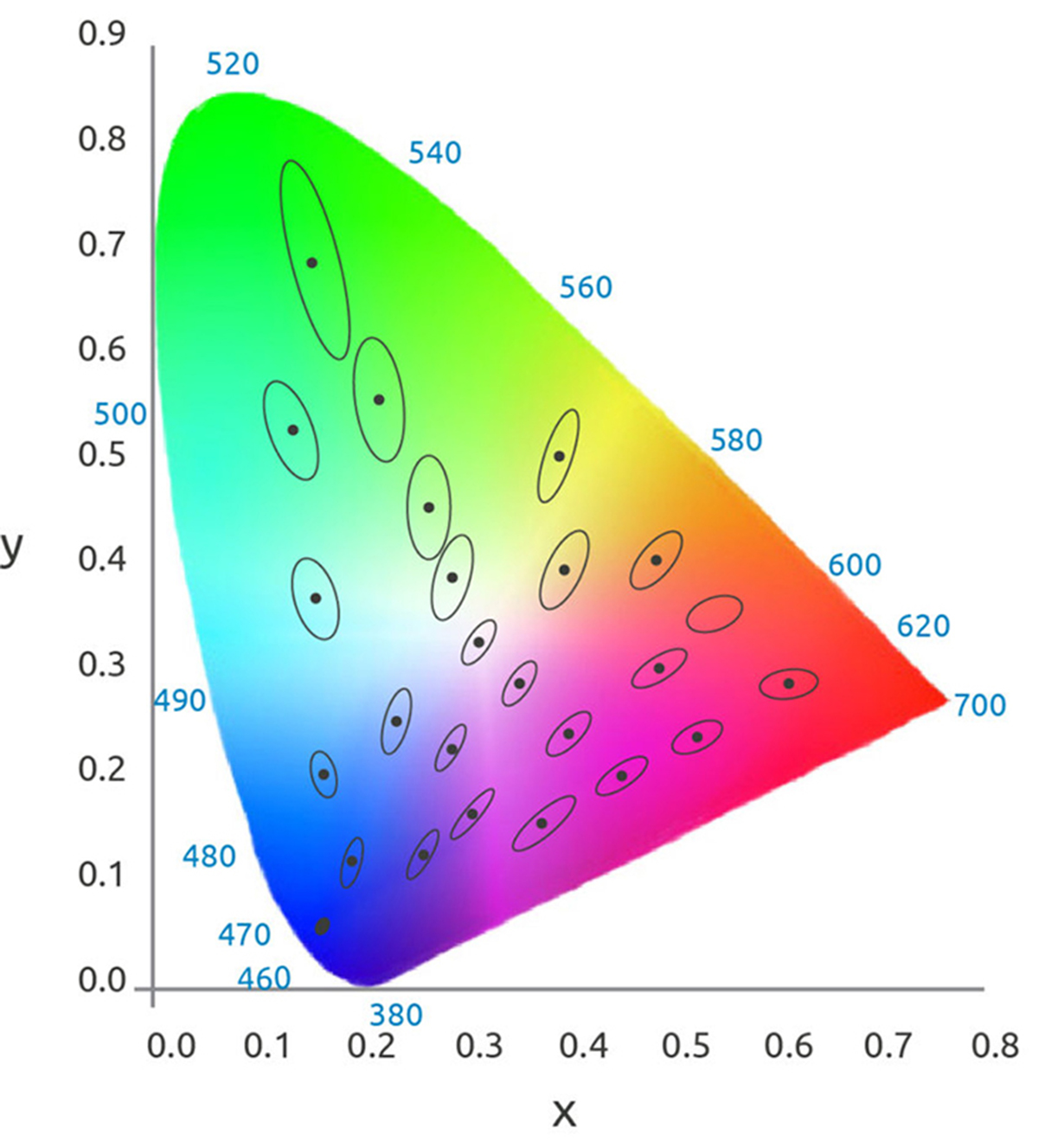
MacAdam-ellipses-plotted-on-the-CIE-1931-xy-chromaticity-diagram
Considering the color tolerance of LED lamps, the international mainstream LED chip packaging manufacturers generally follow the ANSI C78-377 colorimetric regulations, under the conditions of 25 ℃ junction temperature and nominal driving current, the distance on the CIE-1931-XYZ chromaticity diagram. Within the range of 7 color tolerance distances of the ANSI center point, the LED chip (lamp bead) is divided into 6-16 different color bins (Color Bin). However, in the LED lamp manufacturing industry, there is currently no relevant technical standard that specifies the color tolerance distance. Due to the influence of many factors such as the increase in LED junction temperature, the change of the optical system, the drive current, etc., the color coordinates of the finished LED lamps are far from the center coordinates specified by ANSI C78-377.
Here are some measures to reduce the color tolerance distance of LED lamps.
Table of Contents
1. Color mixing method
The color mixing method means that the LED lamp manufacturer selects two or more LED chips of the color cake from the color separation cake of the LED chip packaging factory, and mixes them in equal or unequal proportions so that the color coordinate of the LED lamp is away from the ANSI center. The light color tolerance distance of the points meets the design requirements. The color mixing method is a very common method, but from the perspective of actual engineering cases, it is often limited by the following factors:
a. When LED chips or chipsets from different color cakes need to be connected in parallel, their VFs must be similar or the VF cakes should be the same.
b. When unequal ratio mixing or multi-color cake mixing is used, it is easy for the production capacity distribution of the LED packaging plant to be inconsistent with the color cake distribution of the color mixing scheme, which may lead to an insufficient supply of some color cakes and inventory of some color cakes excessive problems.
c. There are too many colored cakes. Although the flexibility of the color mixing scheme can be increased to reduce the color tolerance distance of the LED lamps, it also leads to higher costs in the production process and warehouse management.
d. Excessive color mixing chips limit the flexibility of circuit design and increase the difficulty of chip packaging factories. Generally speaking, mixing two colors is simple and practical.
2. Adjust the bin center method
If the LED chip packaging factory can adjust the phosphor powder ratio and move its color coordinate center point in the opposite direction in the opposite direction, it can offset the influence of color coordinate drift caused by lamp manufacturing.
3. Hot bins method
If the LED chip packaging factory raises the working junction temperature during color separation to make it equal or close to the working junction temperature when the lamp is thermally stable, the distance between the color coordinate of the finished LED lamp and the color tolerance of the ANSI center will be reduced a lot.
The problem of light color difference has always existed in the LED lighting industry. How to solve the problem of light color difference scientifically and effectively is testing the wisdom of practitioners in related industries. It requires not only practitioners to master scientific and reasonable methods, but also the cooperation of many other aspects. For example the close cooperation of LED chip manufacturers and lamp manufacturers, the introduction of high-demand industry standards, the update of the technical indicators of testing institutions and testing equipment, the extensive participation and supervision of end customers, the improvement of manufacturing processes, phosphors, and optical materials innovation.
If you have any questions about LED lighting fixtures, welcome to contact us directly.
Request A Free Quote Now!
Send us a message if you have any questions or request a quote. We will get back to you ASAP!



